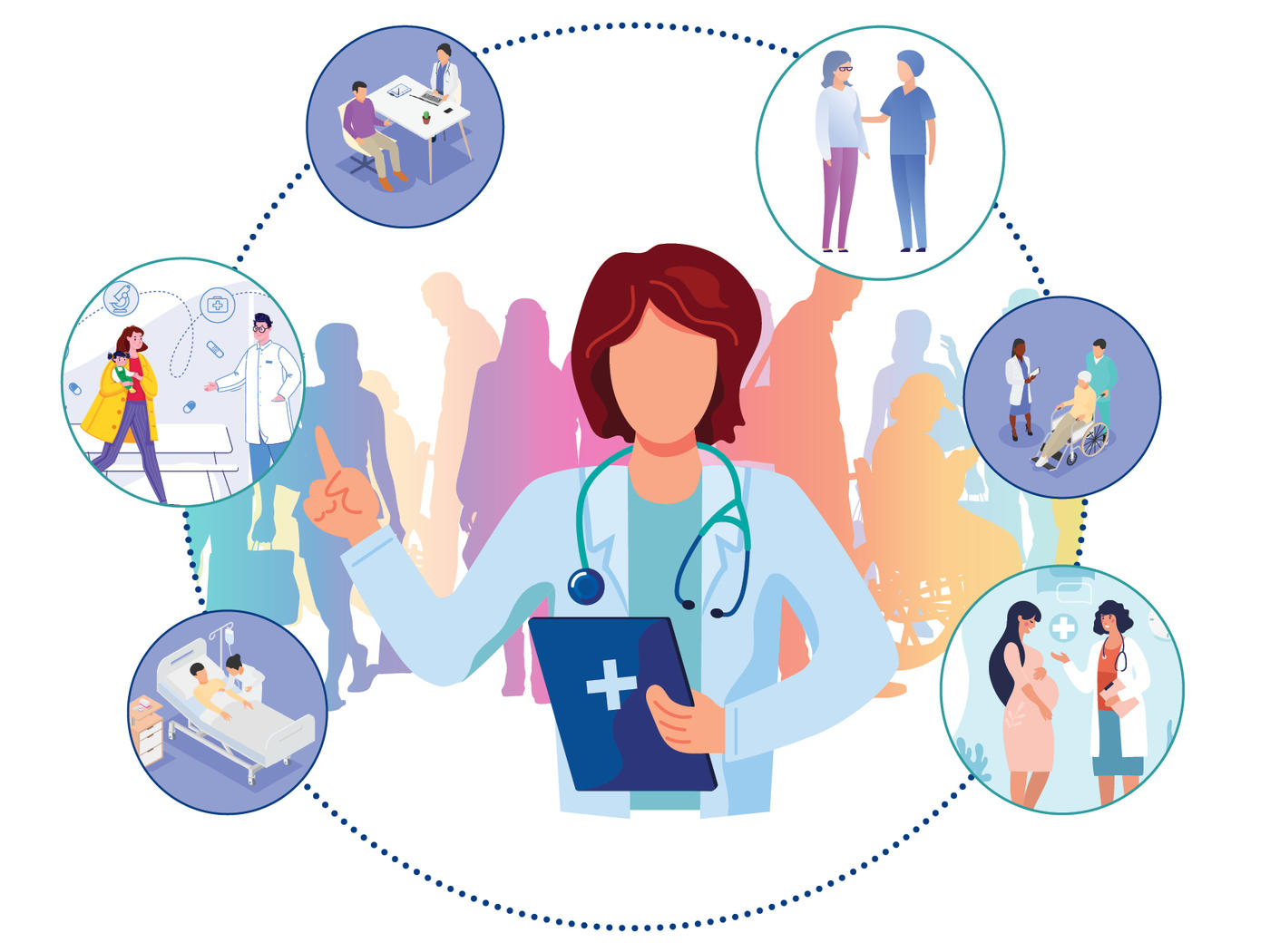Featured
Tags
Share
- Home / Blog / Nursing Today / Be RAAD: Working to Understand Chronic/Reoccurring Pain
Be RAAD: Working to Understand Chronic/Reoccurring Pain

September is National Pain Awareness Month. 20% of Americans (~50 million people) live, day-to-day, with chronic or reoccurring pain. Whether it is acute pain in the form of regular headaches, or constant back and muscle aches or PTSD, pretty much every adult experiences pain on some level.
As the Senior Director, Health Professionals, Gil Singletary - PhD, JD, MBA, MSW, LCSW, reminded us in a recent live webinar, “Everyone has pain. Pain is how you know you’re alive. The only time you don’t feel pain is when you are asleep or dead. Suffering is not the same thing; you do not have to live with suffering.”
Chronic and reoccurring pain lead to chronic and reoccurring suffering. While you may not be able to change the fact that you have pain, what you can do is work to manage your symptoms and eliminate suffering.
Types of Chronic Reoccurring Pain
As our students learn at Chamberlain University, there are three main types of pain:
-
Nociceptive pain, or pain caused by tissue damage
-
Neuropathic pain, or pain caused by nerve damage
-
Psychogenic pain, or pain caused by psychological factors such as depression, anxiety, PTSD or other psychological disorders
Working to understand pain and where it comes from informs nurses and doctors, who will work together find the appropriate treatment to relieve or eliminate suffering.
According to the NHS, chronic pain is the one of the main reasons that adults seek medical treatment. And, while 20% of Americans live with some form of chronic or reoccurring pain, 8% of Americans (~19.6 million people) live with high-impact chronic pain. The demographics for those most typically afflicted with these types of pain are women, older adults, people previously but not currently employed, adults living in poverty, adults with public health insurance and people living in rural areas.
Chronic pain is the number one cause of long-term disability in America.
Chronic pain has long-term impact and is also linked to other medical conditions like Chronic Fatigue Syndrome (CFS,) depression, anxiety and other secondary illnesses.
Additionally, treatment with medication only helps 58% of Americans with chronic or reoccurring pain.
The economic impact of chronic pain is staggering: Chronic/reoccurring pain treatment and lost productivity cost the American public $635 billion each year. (That’s $2,000 per every resident of The United States, each year!)
So, aside from the moral drive of healthcare professionals to eliminate suffering for their patients, there is also a strong economic argument to be made that understanding chronic/reoccurring pain and mitigating the suffering caused by it should be a national priority.
As patients, there are a many strategies that can be used to make your doctor take your pain seriously. Chronic/Reoccurring pain patients can also get involved in activism to help force physicians and government to take their issues seriously.
But, as nurses and healthcare providers, how can we assist patients in addressing their pain and mitigating their suffering?
It’s simple. You just must be RAAD.
RESEARCH when a patient tells you that they have a specific kind of pain, investigate the different underlying illnesses that could potentially be causing that pain.
ALERT the physician you are working with to treat the patient that they are experiencing chronic/reoccurring pain and present your ideas of what the underlying issues causing that pain might be related to.
ADVOCATE for your patients with doctors, push them to take the patient’s pain seriously. Empathize with your patients, let them know that you are working on their behalf to find a way to treat their pain and relieve their suffering.
DISCOVER treatment alternatives to pain medications that can help the patient remediate their suffering and present them to the doctor you are working with. Suggest that –in addition to appropriate medication – these treatments might work to further eliminate the patient’s suffering.
On average, nurses spend much more of their time bedside, caring directly for patients, then doctors do. For every 74 minutes patients spend with a nurse, they only spend 17-24 minutes with a doctor, maybe less. It is incumbent upon us to be a patient’s first and strongest advocate with doctors. Doctors see between 11-20 patients, sometimes more, in one day. Nurses are typically assigned four patients per shift, sometimes fewer. We have much more direct access to our patients and a deeper understanding of their pain and suffering.
Be especially RAAD in September and your patients will thank you. (More than they already do, because, let’s face it – nurses and healthcare professionals are awesome.)
Step Forward ® Chamberlain University recognizes you as special type of person – the kind who Steps Forward in times of need, to help and to heal. That is why Chamberlain University is relentlessly committed to preparing you for a career in healthcare. Because we believe that by preparing you to Step Forward in your career, you will help advance the health of people not only in your community, but around the world
By Kate Rice
More from Nursing Today
Request More Information
To receive the Chamberlain University Program Guide, including associated career paths, please select a program of study.







